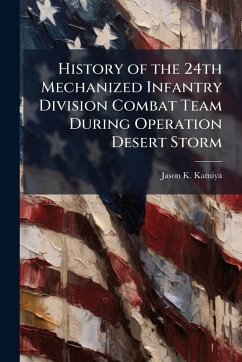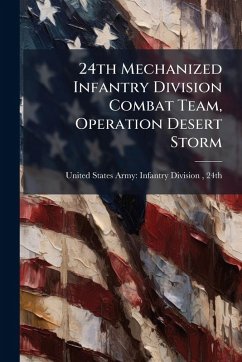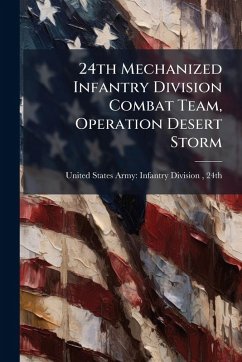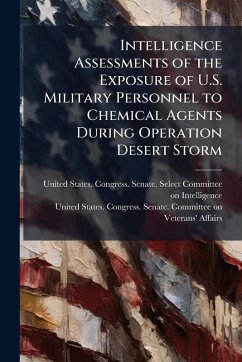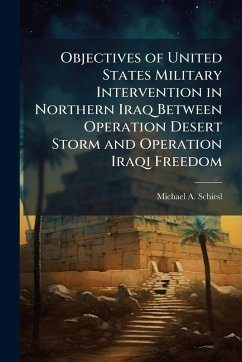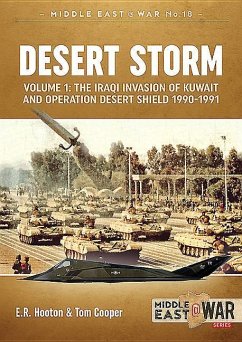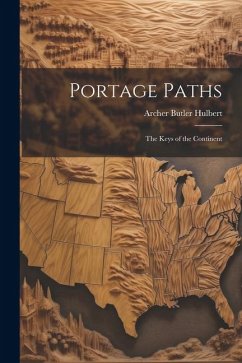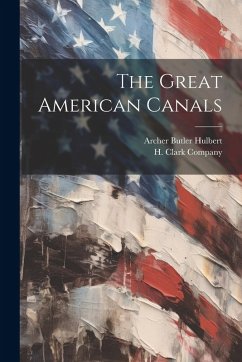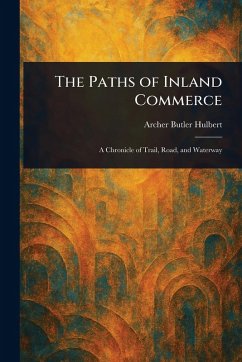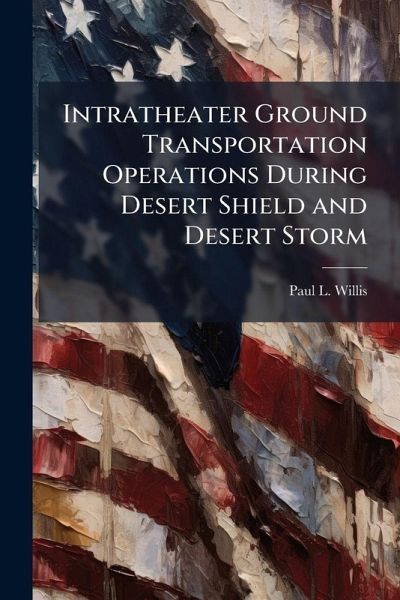
Intratheater Ground Transportation Operations During Desert Shield and Desert Storm

PAYBACK Punkte
8 °P sammeln!
Operations Desert Shield and Desert Storm presented a tremendous challenge to ground transportation capabilities. Millions of gallons of fuel, hundreds of thousands of troops, thousands of tons of ammunition and other supplies, thousands of tanks, combat vehicles, and artillery pieces had to be moved hundreds of miles from the Seaports of Debarkation (SPOD) to Forward Logistics Bases within the theater of operation to support execution of the war. Without question, U.S. and Coalition forces achieved an overwhelming victory during Operation Desert Storm and ground transportation played a vital ...
Operations Desert Shield and Desert Storm presented a tremendous challenge to ground transportation capabilities. Millions of gallons of fuel, hundreds of thousands of troops, thousands of tons of ammunition and other supplies, thousands of tanks, combat vehicles, and artillery pieces had to be moved hundreds of miles from the Seaports of Debarkation (SPOD) to Forward Logistics Bases within the theater of operation to support execution of the war. Without question, U.S. and Coalition forces achieved an overwhelming victory during Operation Desert Storm and ground transportation played a vital role throughout the operation. In the pages that follow, Lieutenant Colonel Paul L. Willis recounts his experience planning and coordinating ground transportation operations during Operations Desert Shield and Desert Storm. This work has been selected by scholars as being culturally important, and is part of the knowledge base of civilization as we know it. This work was reproduced from the original artifact, and remains as true to the original work as possible. Therefore, you will see the original copyright references, library stamps (as most of these works have been housed in our most important libraries around the world), and other notations in the work. This work is in the public domain in the United States of America, and possibly other nations. Within the United States, you may freely copy and distribute this work, as no entity (individual or corporate) has a copyright on the body of the work. As a reproduction of a historical artifact, this work may contain missing or blurred pages, poor pictures, errant marks, etc. Scholars believe, and we concur, that this work is important enough to be preserved, reproduced, and made generally available to the public. We appreciate your support of the preservation process, and thank you for being an important part of keeping this knowledge alive and relevant.



